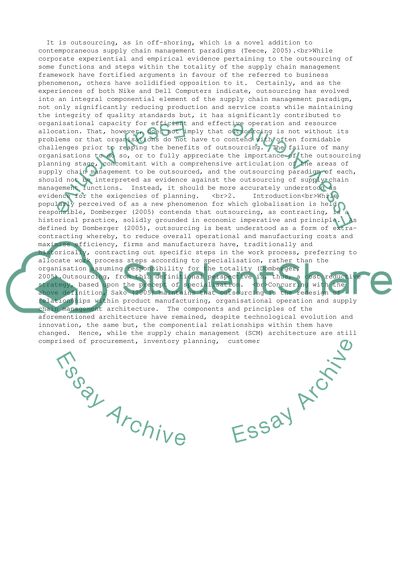Cite this document
(“Benefits and drawbacks of outsourcing strategies in the context of Essay”, n.d.)
Benefits and drawbacks of outsourcing strategies in the context of Essay. Retrieved from https://studentshare.org/business/1533989-benefits-and-drawbacks-of-outsourcing-strategies-in-the-context-of-attempting-to-improve-the-management-of-the-supply-chain
Benefits and drawbacks of outsourcing strategies in the context of Essay. Retrieved from https://studentshare.org/business/1533989-benefits-and-drawbacks-of-outsourcing-strategies-in-the-context-of-attempting-to-improve-the-management-of-the-supply-chain
(Benefits and Drawbacks of Outsourcing Strategies in the Context of Essay)
Benefits and Drawbacks of Outsourcing Strategies in the Context of Essay. https://studentshare.org/business/1533989-benefits-and-drawbacks-of-outsourcing-strategies-in-the-context-of-attempting-to-improve-the-management-of-the-supply-chain.
Benefits and Drawbacks of Outsourcing Strategies in the Context of Essay. https://studentshare.org/business/1533989-benefits-and-drawbacks-of-outsourcing-strategies-in-the-context-of-attempting-to-improve-the-management-of-the-supply-chain.
“Benefits and Drawbacks of Outsourcing Strategies in the Context of Essay”, n.d. https://studentshare.org/business/1533989-benefits-and-drawbacks-of-outsourcing-strategies-in-the-context-of-attempting-to-improve-the-management-of-the-supply-chain.


